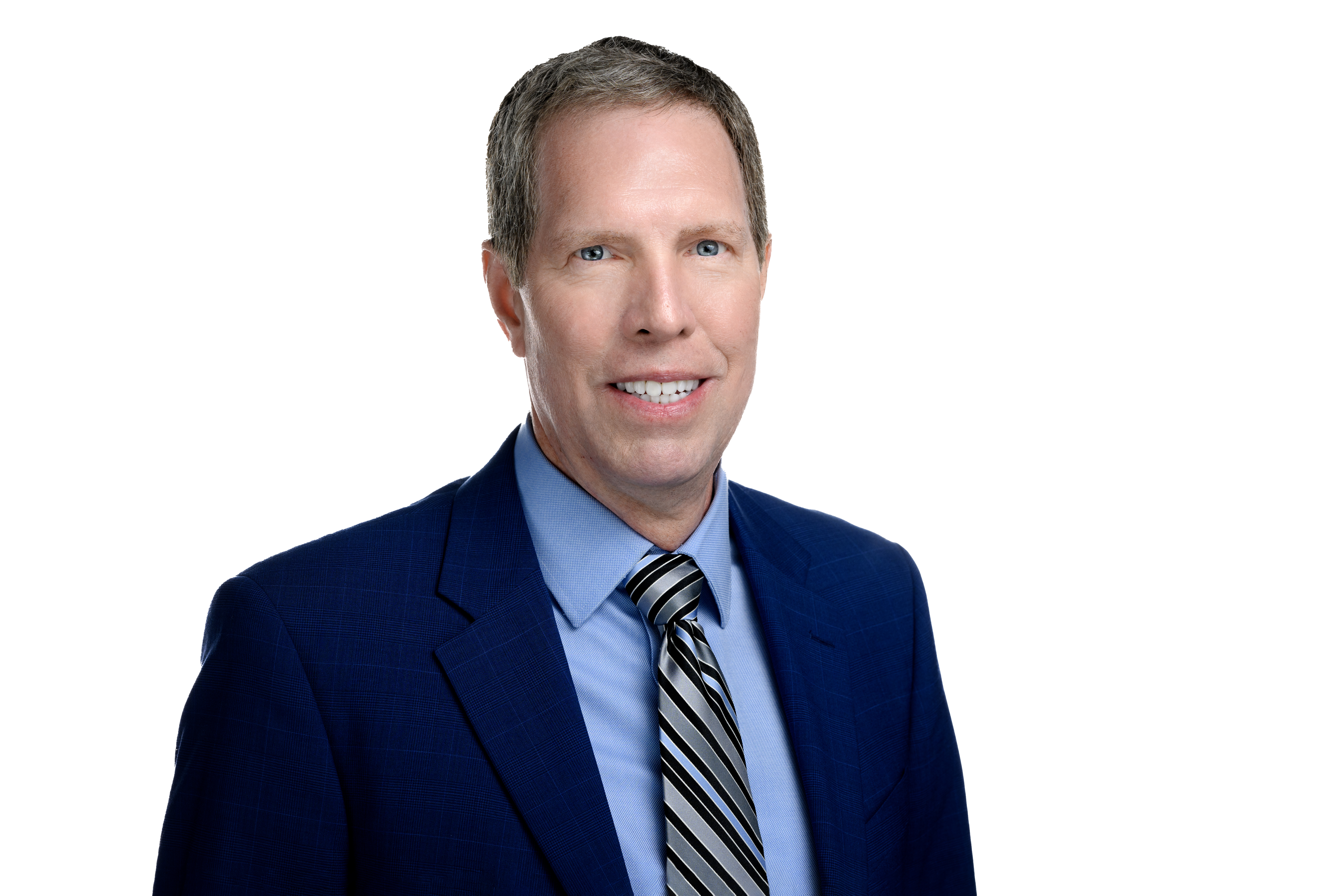Estimating Your Retirement Income Needs
You know how important it is to plan for your retirement, but where do you begin? One of your first steps should be to estimate how much income...
4 min read
 Tony Moeller
:
(July 17, 2024)
Tony Moeller
:
(July 17, 2024)

You can picture it in your mind: that majestic oak shade tree, standing tall in your backyard. Maybe your grandkids are playing under it.
You can see it. And you also know there’s no shortcut to it.
As much as we’ve all grown accustomed to instant gratification, planting a tree for shade requires a LOT of patience. If you plant a sapling now, you’ll see it slowly grow and maybe even become a small tree in five to 10 years. But if you take care of it, year after year, someday you’ll be tying that new tire swing onto the shade tree of your dreams.
It turns out, growing a shade tree requires the same kind of patience as investing, and the payoff can be just as grand. The secret sauce comes down to compound interest, something that, like nature, Albert Einstein seemed pretty impressed by:
“Compound interest is the eighth wonder of the world. He who understands it, earns it. He who doesn't, pays it.”
Compound interest – simply defined as interest paid on interest – is indeed a powerful tool for wealth-building. Money you invest earns interest, and that interest is reinvested in the account, where you then earn interest on the new amount. The process repeats, which accelerates your investment growth over time.
Most of us realize how compound interest impacts our daily life — from both sides: We earn interest on savings accounts, bonds, retirement accounts, etc., but we pay interest on credit cards, car loans and mortgages.
Compound returns, on the other hand, refers to the cumulative effect of gains or losses on an investment over a period of time. For instance, if you invest in the stock market, the compound return will reflect the overall growth of your investment after accounting for the fluctuations in the market value. It's a measure of the total return of an investment, which includes both capital gains and reinvestment of dividends.
Both concepts rely on the principle of reinvestment and the effect of earning “returns on returns” over time, but while compound interest typically refers to a guaranteed interest rate on a fixed investment, compound returns are more variable and associated with investments like stocks or mutual funds where the return is not fixed and can change based on market conditions.
To sum up, compounding can either be a wealth-builder or a wealth-destroyer, so it’s important to understand how to use this tool wisely.
To paraphrase Mick Jagger, time is on your side (yes it is). The beauty of compound interest is its ability to generously reward you for starting early, remaining patient and staying the course.
In fact, the sooner you start saving, the longer that money grows. Start early enough, and you can grow that giant shade tree from just a single acorn. Start a little later, you better start with an established sapling. Once you start investing, however, the majority of that massive retirement fund you’re hoping to lean on someday can come from compound interest.
I can’t stress enough, however, the importance of starting early. Many people are familiar with the classic comparison of Ben vs. Arthur, a powerful illustration of the compound interest concept:
In this example, Ben invested a total of $16,000 of his own money and Arthur invested $76,000. Also, they each invested in the S&P 500 and earned an average return of 12% per year. Yet, by the time they both reach age 65, Ben comes out way ahead: His retirement fund has $2.2 million, compared to Arthur’s $1.5 million.
Now, don’t start beating yourself up if you’re like many people and worried about other things when you were 19. The key is starting as soon as you can. In fact, once you wait 10 or 20 years to put money away, it becomes almost mathematically impossible to make up the ground. That’s because when you're young, you can take as much risk as possible, but the older you get, the more conservative you must be because one bad year could wipe out significant progress right before a time when that money is really needed. If that happens, you’ve given up most (if not all) the benefits of compounding.
Two other tips for maximizing the power of compound interest:
Compound interest also has a mean side, when it can exacerbate debt and work against any positive wealth-building efforts.
We’ve all been shell-shocked by astronomically high credit card interest rates, which is where compounding can really hurt. In fact, statements are now required to report how long it would take to pay off your current balance if you only pay the minimum amount due each month (and that’s if you stop making any additional purchases).
Say you have a balance of $5,000 on a card with a 17% interest rate. Paying only the minimum amount each month, you’d be paying that card off for nearly 11 years (including an additional $2,627 of interest on top of the original $5,000) — a prime example of how compound interest can sting. And these days, it’s not uncommon to see a credit card with a rate of 30% or more, so you can see how this can get out of control quickly.
Whatever debt you have, work to aggressively pay it down to prevent compounding from taking more than it’s giving.
The most important step is to work with an experienced financial advisor who can help you decide where to put your money for the biggest return. If you’re young and putting money into government bonds at 5%, for example, you’re already handicapping yourself. Why? At that lower interest rate, it's going to be 14 years before you can double your money. Compare that to a fund with a 10% return, which will allow you to double your money in only about seven years.
Compound interest can be an incredible tool, so learn as much as you can and align yourself with a skilled professional acting on your behalf. With a little patience and persistence, you’ll soon be enjoying the wealth and life you created under that mighty oak in your own backyard.

You know how important it is to plan for your retirement, but where do you begin? One of your first steps should be to estimate how much income...

Medicare is a federal program that provides health insurance to retired individuals, regardless of their medical condition, and certain younger...

The “big D” might stand for divorce, but it’s also a “d” for “disruptive.” No life event shakes up nearly every aspect of your life quite like it,...